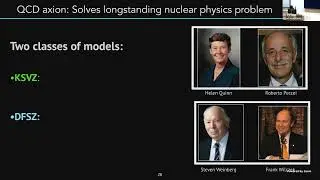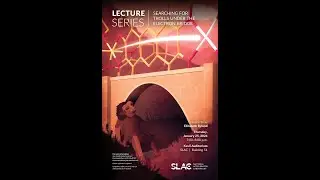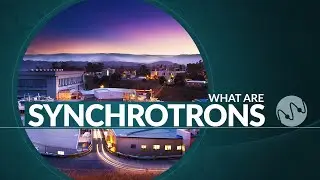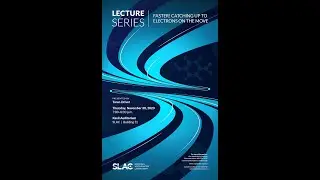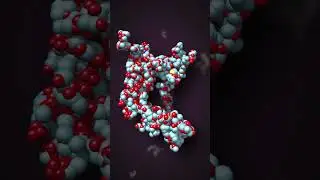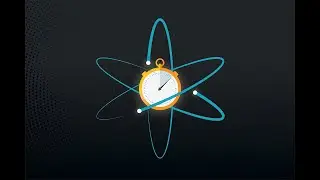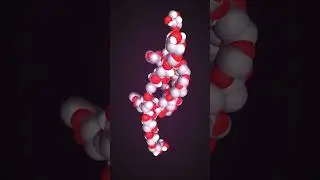How to take snapshots of atoms and molecules in action?
Check out our XFEL explainer on SLAC's website: https://www6.slac.stanford.edu/resear...
SLAC National Accelerator Laboratory runs a linear particle accelerator. The accelerator propels electrons close to the speed of light. Further down, the electrons pass through a series of magnets. The magnetic fields they generate make the electrons slalom, which forces them to lose some of the energy they hold. At SLAC, the magnets are designed to get the electrons to release that energy in the form of X-ray light. The electrons are then discarded, and only the X-rays remain. X-rays are invisible to the naked eye. Scientists use that light like an ultrabright flashlight to look at atomic structures. The brightness of the X-rays allows scientists to look deep into material or biological molecules and take snapshots of its dynamics at the moment it hits these molecules. To understand more about how the XFEL at SLAC is able to achieve such feats, we made an explainer video in our previous reel (link in bio). Are you curious about SLAC's XFEL, the most powerful X-ray laser built for scientific research on earth? Post your questions in the comments.
Video is produced by SLAC National Accelerator Laboratory where the Linac Coherent Light Source (LCLS) is located.
Musicbed License: MB01XWV2Z0PF1ER









